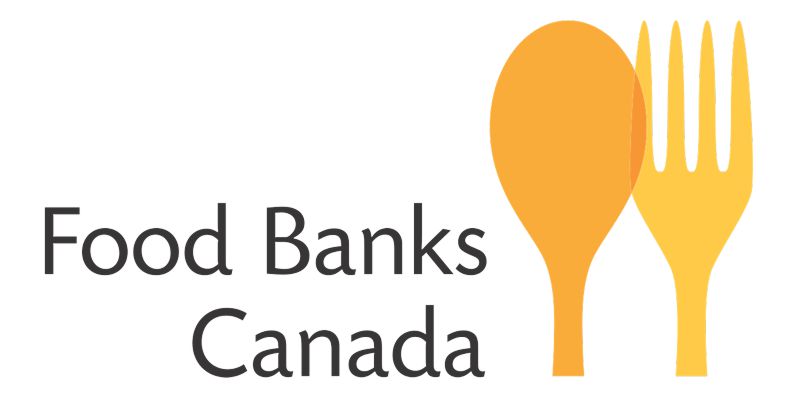Millions of Canadians Are Still Turning to Food Banks

That staggering demand is playing out at food banks and other food programs across the country. The report found that, with the cost of living skyrocketing, food bank usage rose to its highest level since the survey started in 1989.
The annual HungerCount report is based on surveys sent to food security organizations, tracking their usage in the month of March. This year’s report found that nearly two million people — including more employed people than ever — have used food banks .
That’s a 32 per cent increase from the same month last year and more than 78 per cent higher than in March 2019.
A few years ago, unemployment was a major factor in the number of people seeking support, as the early months of the pandemic brought the economy to a halt. The report said food insecurity is now being driven by inflation and the high cost of living — with more Canadians struggling to afford basics like housing and food.
The study said demand for food banks started exploding around the same time inflation shot up, doing so at its fastest rate in the last 40 years.
The study found that more than 640,000 children under 18 used the food bank in the same time frame, accounting for a third of the total number of clients. More than a quarter of all clients were newcomers who have lived in Canada for less than a decade — a figure that has doubled since 2016.
Racialized people accounted for nearly 40 per cent of the food banks’ client base, up from 32 per cent the year before. Nearly half of Indigenous people who participated in the report said they’d gone hungry within the last year, compared to just 15 per cent of the white population.
Low social assistance rates are also a factor in high demand, the report found. More than 40 per cent of clients received provincial income assistance, either general welfare or disability support, as their primary source of income. The report said that in every province and territory, the assistance rates are too low to raise many households above the poverty line.
The report offered several recommendations to help alleviate food insecurity, such as better support for those on low incomes, providing more affordable housing and creating better financial supports for seniors on fixed pensions.
Source: westerngrocer.com

